Nevşehir Museum: A Treasure of Cappadocia’s History
The Nevşehir Museum, opened to the public in 1988, is a fascinating space dedicated to preserving and showcasing the archaeological and ethnographic findings of Cappadocia. Located in the heart of this iconic region, the museum serves as a bridge between the past and the present, offering an unforgettable experience for those seeking to understand the historical, cultural, and social richness of one of Turkey’s most enigmatic areas.
An Overview
The Nevşehir Museum is designed with two main exhibition areas, renowned for their organization and ability to transport visitors through time. The ground floor focuses on archaeology, presenting a unique collection of artifacts spanning from prehistory to the Byzantine era. The upper floor is dedicated to ethnography, showcasing the daily lives of Cappadocian communities from the Seljuk and Ottoman periods to more recent times.
In addition to its permanent collection, the museum hosts temporary exhibitions that highlight specific themes related to Anatolian history and culture, making it a dynamic and ever-relevant destination.
Ground Floor: Archaeology Room
The ground floor is dedicated to archaeology, with an impressive display of artifacts narrating the evolution of civilizations that inhabited Cappadocia over the centuries. Visitors are captivated as they explore cases containing fossils, tools, ceramics, and coins, among other historically significant objects.
- Fossils and bones: One of the museum’s most intriguing sections. Marine fossils found in southern Cappadocia provide a unique glimpse into a time when this now dry and mountainous region was covered by an inland sea.
- Stone steles: These monumental pieces, decorated with inscriptions and reliefs, stand out for their artistic and historical significance, serving as testimonies to the ancient cultures of Anatolia.
- Writing tablets: Used to record administrative and commercial data, these tablets offer direct insights into the social and economic organization of early civilizations.
- Ceramics: Crafted using ancient techniques, these pieces reflect the ingenuity and creativity of the communities that inhabited Cappadocia during the Bronze Age and later periods.
- Coins and medals: A collection that includes examples from various eras, ranging from the earliest minted coins to Byzantine-period pieces, highlighting the region’s economic and cultural dynamism.
Upper Floor: Ethnography Room
The upper floor is dedicated to ethnography, showcasing how traditions and lifestyles evolved in Cappadocia over time. This room offers a more personal and intimate focus, allowing visitors to understand the customs, fashion, and values of local communities.
- Clothing and textiles: The collection includes traditional garments dating from the Seljuk and Ottoman periods. These carefully embroidered and traditionally crafted pieces reflect the art and culture of past societies.
- Porcelain and utensils: This section features decorative and functional items that reveal the refined aesthetic taste of the region’s communities.
- Kitchenware: From clay pots to metal tools, these objects tell the story of daily life in Cappadocia and highlight the culinary practices of different eras.
- Ancient manuscripts: One of the cultural treasures of the museum, the displayed manuscripts include religious, scientific, and literary texts, showcasing the high level of literacy and learning in the region during the Ottoman period.
Highlights
Among the many fascinating aspects of the Nevşehir Museum is its focus on the biodiversity and geological changes in the region. Marine fossils, in particular, offer a unique scientific perspective on Cappadocia’s transformation over millions of years.
Additionally, the exhibitions of ancient manuscripts and ceramics provide valuable insight into Anatolia’s artistic and literary traditions. The diversity of the collection, spanning from prehistoric artifacts to Ottoman-era objects, ensures that every visitor finds something to spark their interest.
Practical Information
- Location: The museum is located in the center of Nevşehir, in the Cappadocia province, easily accessible from the region’s main tourist attractions.
- Hours: Open from Tuesday to Sunday, 9:00 AM to 5:00 PM. Closed on Mondays.
- Admission fee: 15 TL per person; children under 12 enter for free.
- Access: The museum is accessible via public or private transportation. Parking is available for those arriving by car.
Conclusion
The Nevşehir Museum is a true treasure of Cappadocia, inviting visitors to explore the rich and diverse history of this unique region. Whether through its marine fossils that narrate geological changes, its ceramics reflecting the ingenuity of ancient civilizations, or its manuscripts documenting centuries of knowledge, this museum is a window into the past.
Ideal for historians, amateur archaeologists, and curious tourists, the Nevşehir Museum offers an enriching experience not to be missed. It is a reminder of Anatolia’s profound legacy and how every artifact tells a story that deserves to be preserved and shared with future generations.


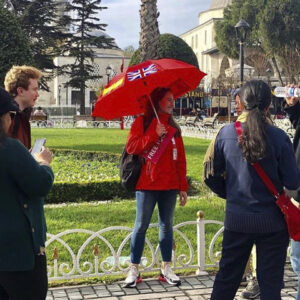
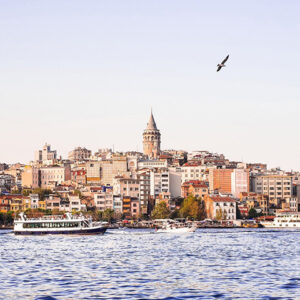
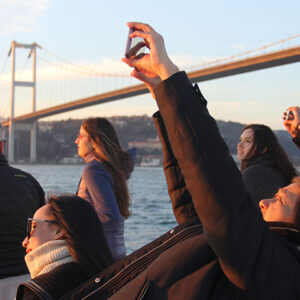


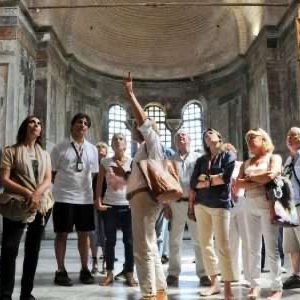
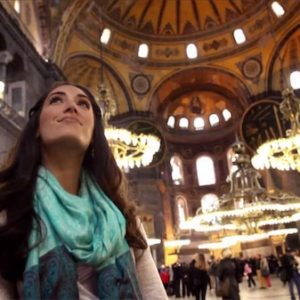


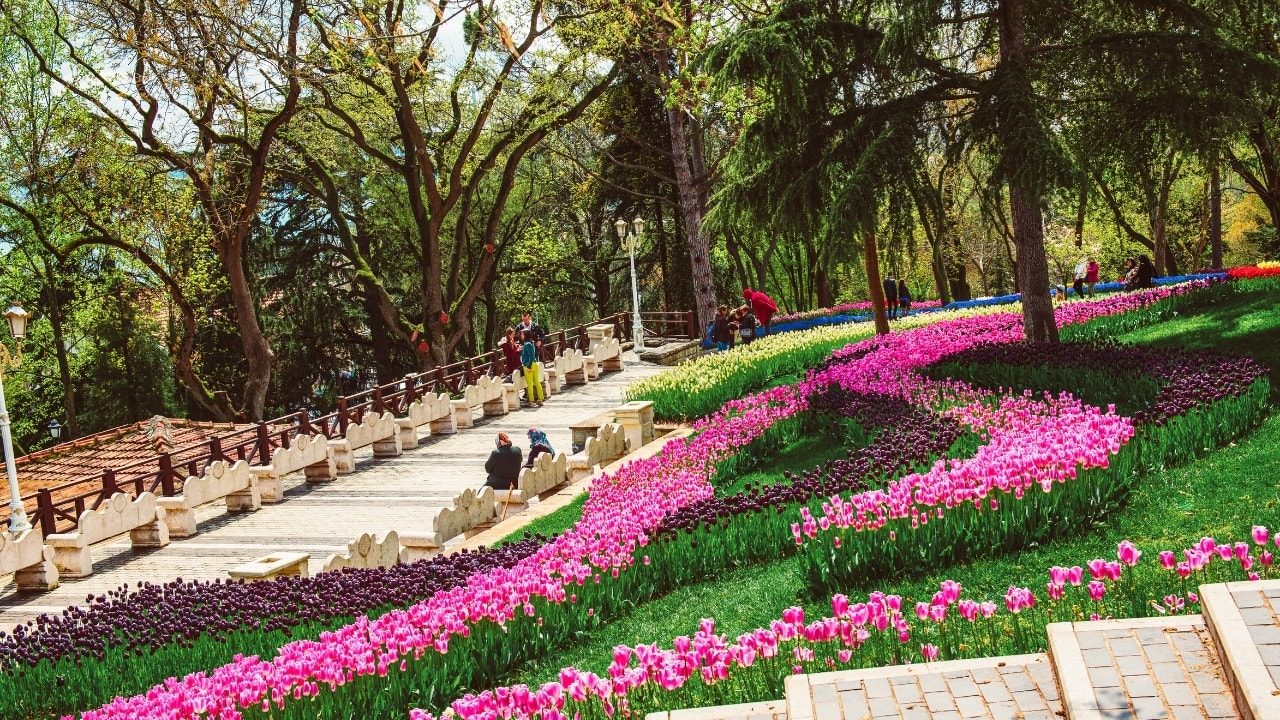

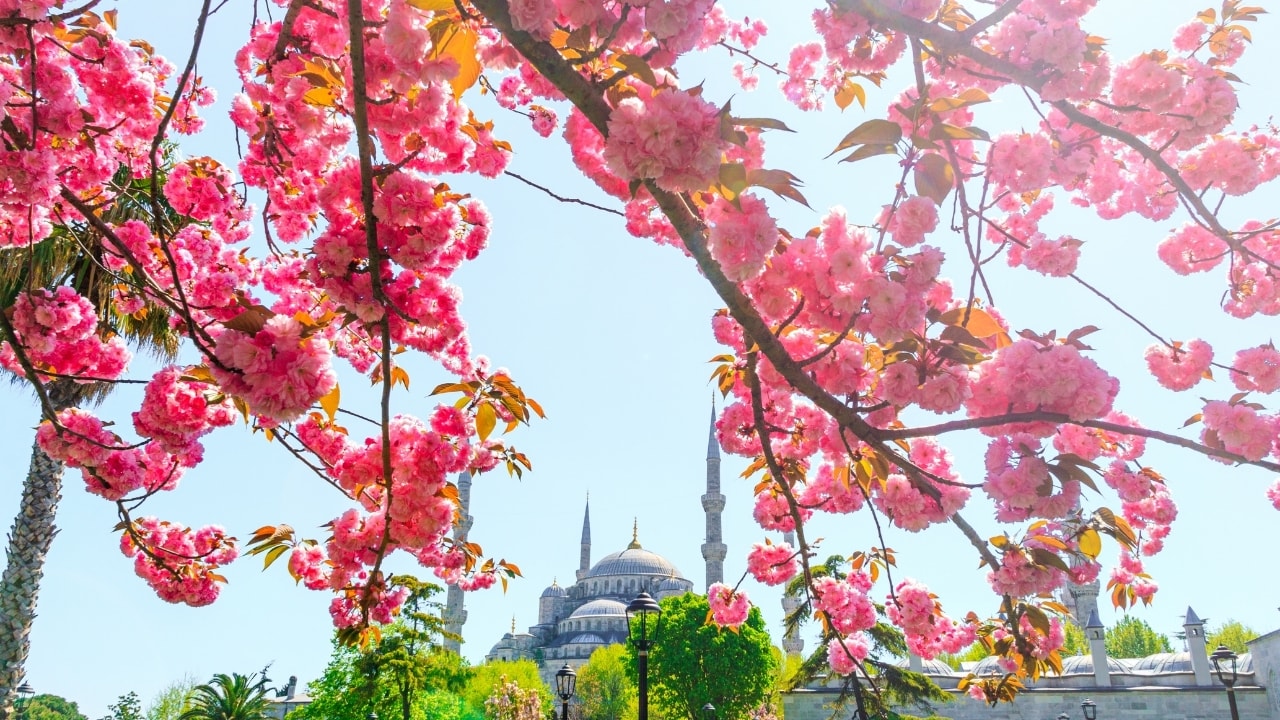
3 thoughts on “Nevsehir Museum”
★★★★★
Highly recommend visiting ‘Nevsehir Museum’—a site rich with history and unparalleled beauty.
★★★★★
Visiting ‘Nevsehir Museum’ was an extraordinary experience, offering insights and enjoyment like no other. Highly recommended!
★★★★★
Every moment spent at ‘Nevsehir Museum’ was filled with wonder and learning. It’s a place I will always cherish.